Questions for Jennifer Gilbert
Today’s Questions are for Jennifer Gilbert, a Manchester-based gallerist, freelance producer, and curator, working with self-taught, disabled, and overlooked artists. Having launched Jennifer Lauren Gallery in 2017, she is committed to demystifying what is regarded as art, continues to challenge the stigma surrounding this field, and consistently re-looks at how work is displayed and written about within contemporary art.
How did you get started doing what you do?
JG: After studying graphic design and illustration, and writing a dissertation on the place of outsider art within the 21st century, I completed a Foundation in Art Therapy and then a Masters in Art, Health and Wellbeing. Whilst studying for my Masters I was volunteering with a group of schizophrenic artists, as well as another group for people feeling isolated in their communities. Following this I went on to manage a national arts charity for seven years, setting up my own gallery in 2017 – the Jennifer Lauren Gallery.
What’s the first painting you ever bought?
JG: One of the first pieces I bought, which I had to pay for in instalments as I couldn’t afford it, was a drawing of me by the incredible artist Nigel Kingsbury. Nigel was an artist who attended the ActionSpace studio in London, and he was very fond of drawing women. Although he was mostly non-verbal, we had a wonderful relationship, so it was sad when he passed away a few years ago. I therefore feel very privileged to own this beautiful pencil drawing.
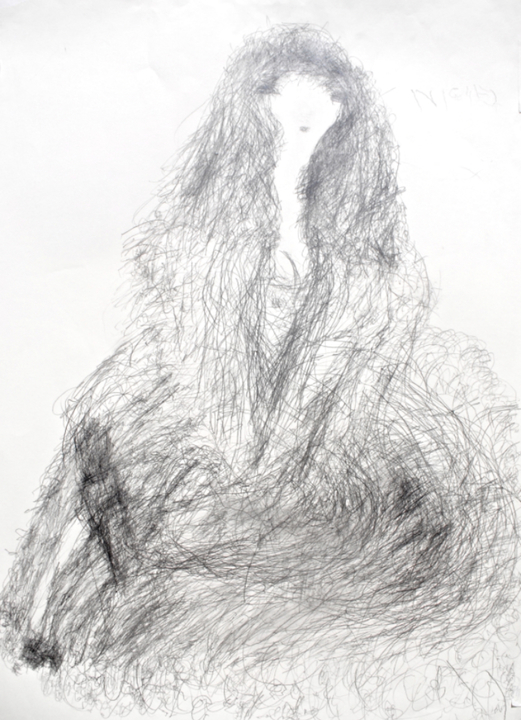 Nigel Kingsbury, Jennifer (Pencil on cartidge paper, 59x83cm). Courtesy of Jennifer Gilbert.
Nigel Kingsbury, Jennifer (Pencil on cartidge paper, 59x83cm). Courtesy of Jennifer Gilbert.
What’s something you wish you knew when you bought your first piece of art?
JG: I don’t think this is something I ever really think about! But judging on talking to others, it would be about framing it soon after purchasing to protect it or storing it safely with acid free tissue until you are ready to frame it. I know a few people who haven’t done this and the works have got damaged before they got around to framing them.
What’s the most misunderstood aspect of the art market in your opinion?
JG: The work that I do crosses into many fields of art, but I think a part of the art market that is still massively misunderstood is the work created by Deaf, disabled, neurodivergent and self-taught artists. There is still nowhere near enough value placed on this work, and it is rarely seen in large exhibition/gallery spaces, unless within the learning and education departments. This needs to change, more awareness needs to happen, and more people need to champion this incredible work.
A lot more needs to be done bring access to the forefront of galleries and museums minds – everything from the height the work is hung at, to large print labels, to BSL (British Sign Language) information available about exhibitions and artists, and so on. With my current show ‘Prismatic Minds’ that I’ll touch more on in a later question, this was at the forefront of Russell Tovey’s and my mind. So much so, that as the space is over two levels, with a set of steps being the only way to access the lower ground floor, we installed a TV screen on the ground floor showing a video walkthrough of the downstairs space. This has allowed for everyone visiting to be able to still experience all areas, even if they cannot directly access that space.
Which painter are you currently really excited about?
JG: Painting is a weird one for me. Anyone that knows me, knows that my flat is full of black and white drawings only! I did however recently visit ‘Breakfast under the Tree’ in Margate at the Carl Freedman Gallery, and the paintings of Jon Key really stood out to me. They were so striking and playful in their appearance and are still very apparent in my mind a couple of weeks later.
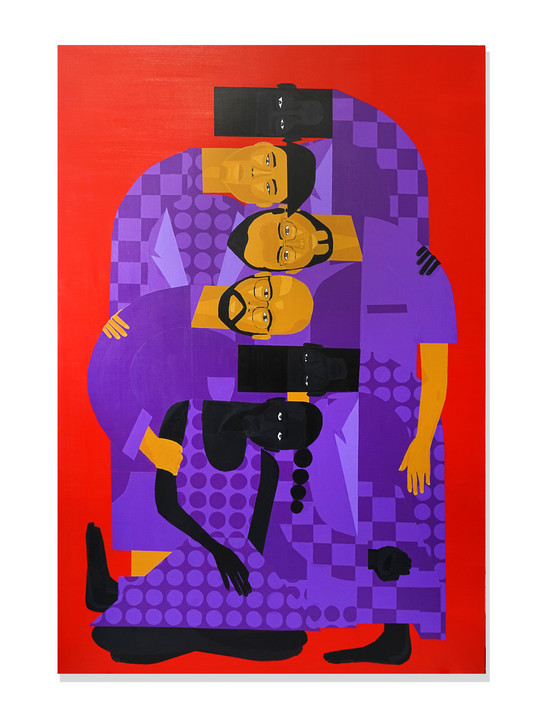
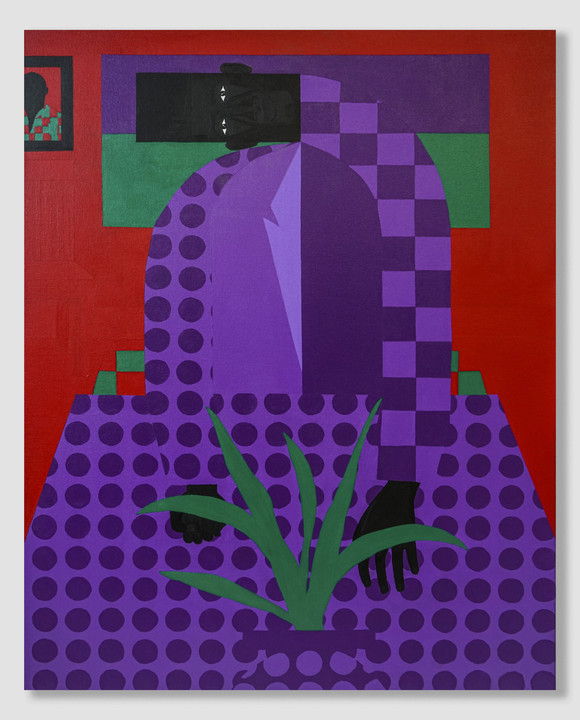
_Acrylic-on-panel_61x45.7cm.jpg)
What’s the last art-related Instagram post you liked or account you followed?
JG: There’s a new Susan Te Kahurangi King show that has just opened in New Zealand, so I was liking a post about the recent launch event. Susan is an artist that also features in a show in London that I’ve recently co-curated alongside Russell Tovey called ‘Prismatic Minds’ at Flowers Gallery. You should check her work out as it’s mind-blowingly good, and the drawings we have in London are from the mid-1960s when Susan was just 14 years old.
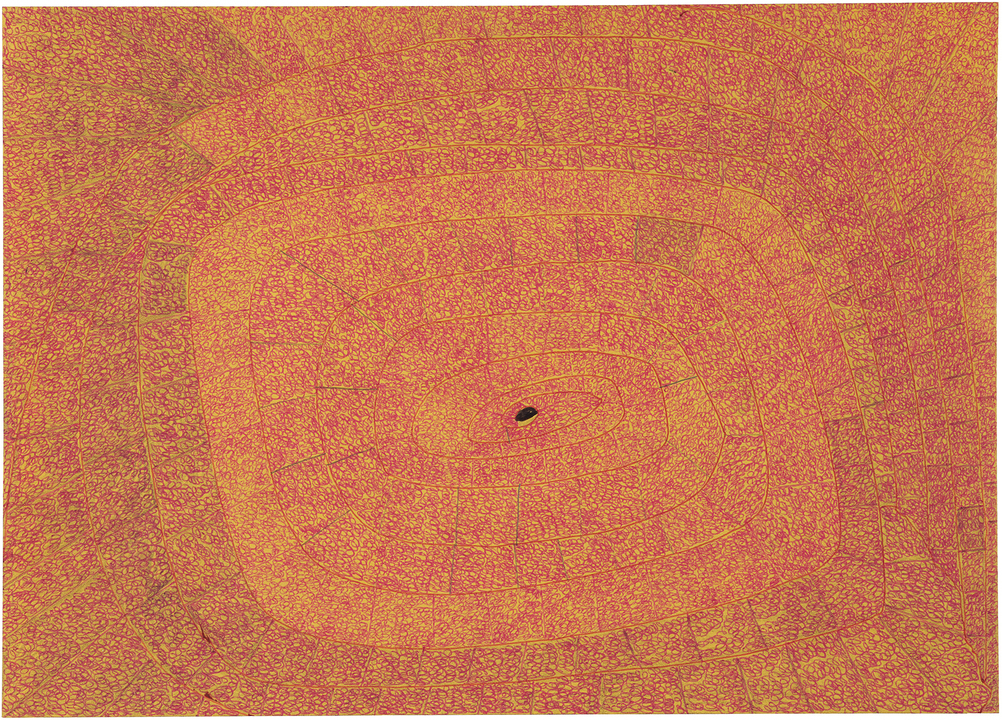
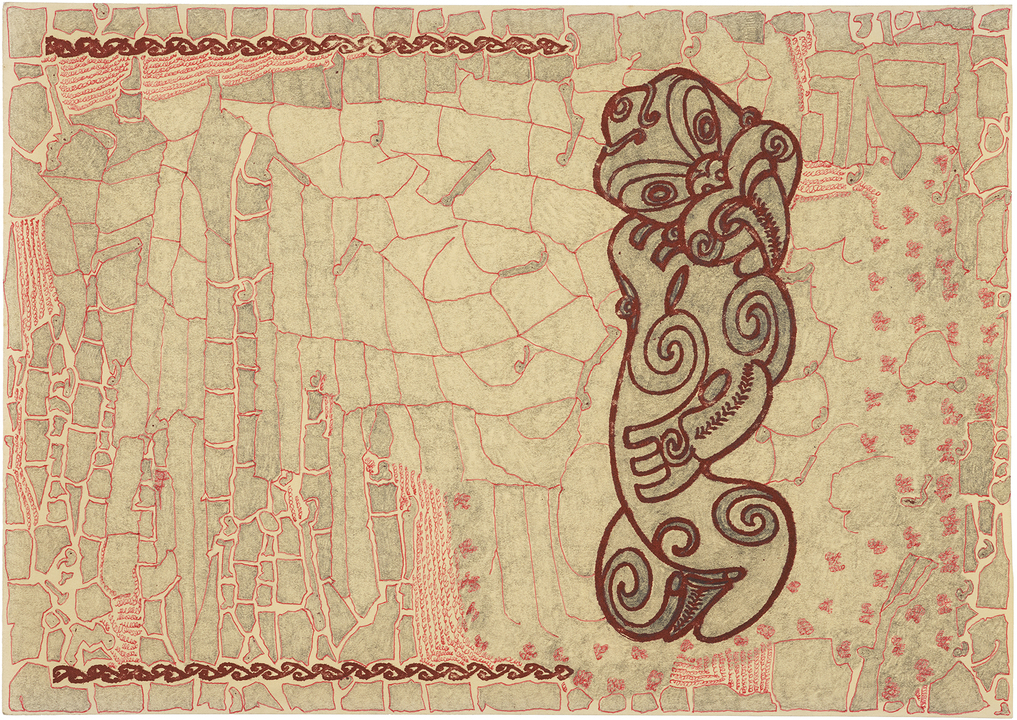
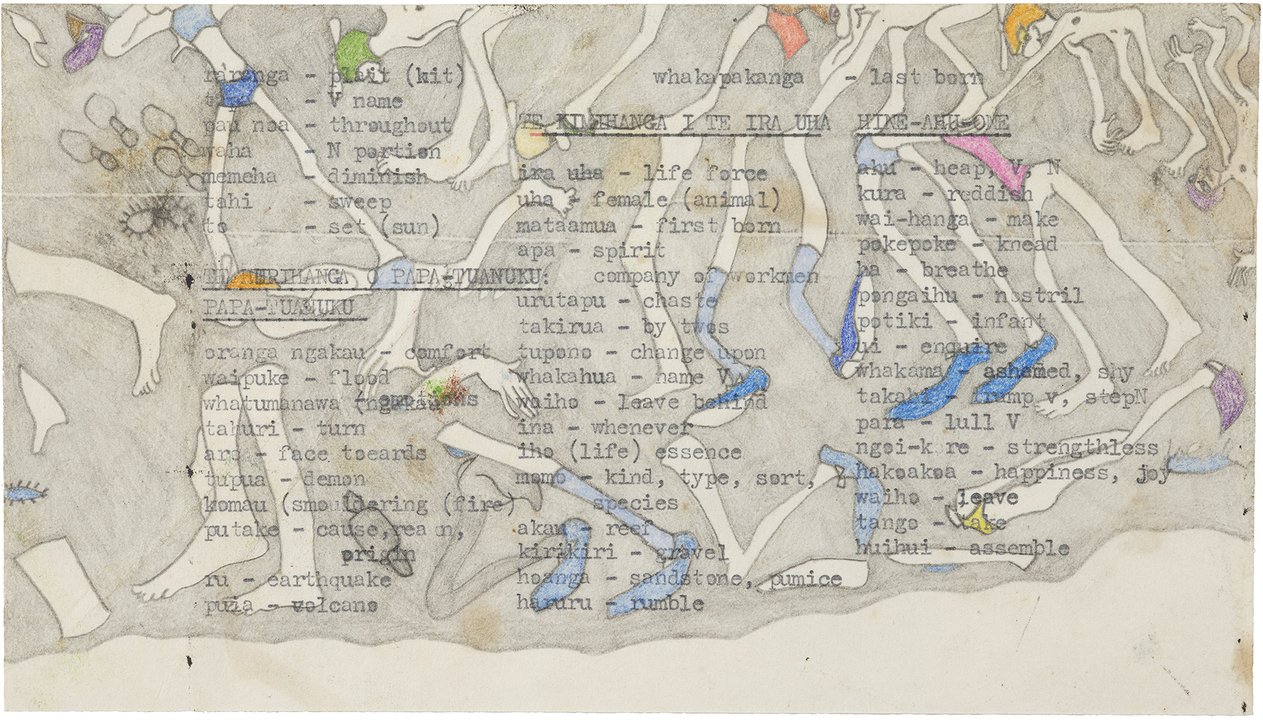
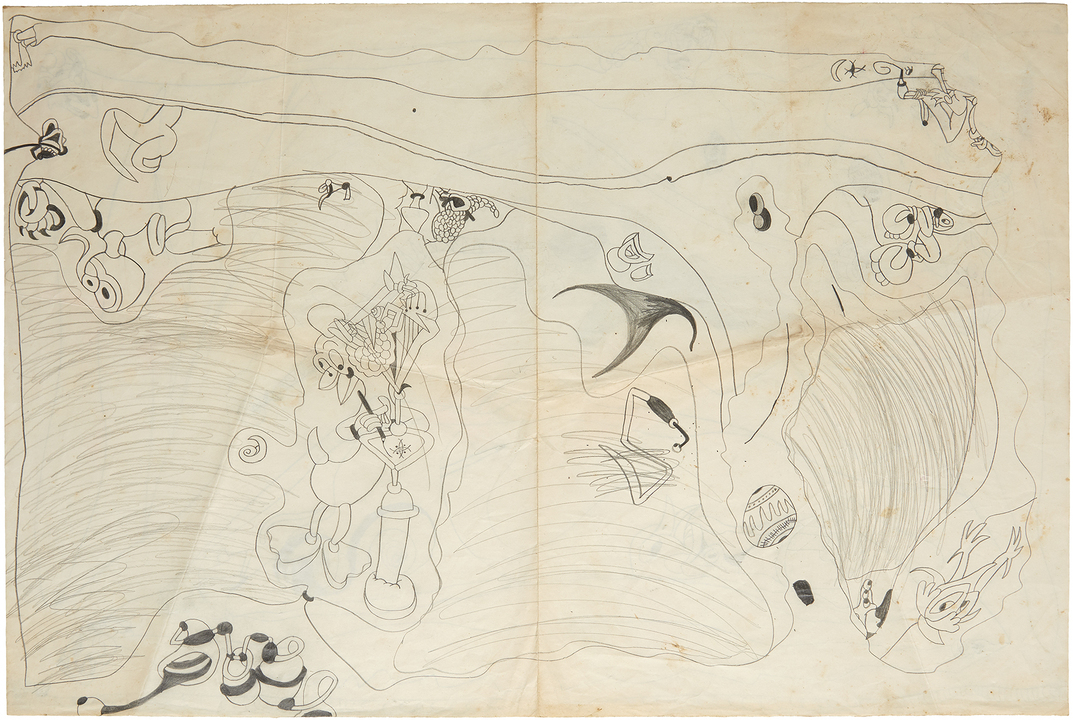
What upcoming exhibitions are you looking forward to?
JG: I’m excited for the William Scott show to open at Studio Voltaire this autumn – William is an artist working out of the Creative Growth Art Studio in California, so a solo show dedicated to his work is definitely going to be special. I’m also looking forward to this year’s Turner Prize exhibition that will be in Coventry as the collective Project Art Works is up for the award and I couldn’t be more excited for them. They are a collective of neurodiverse artists and activists.
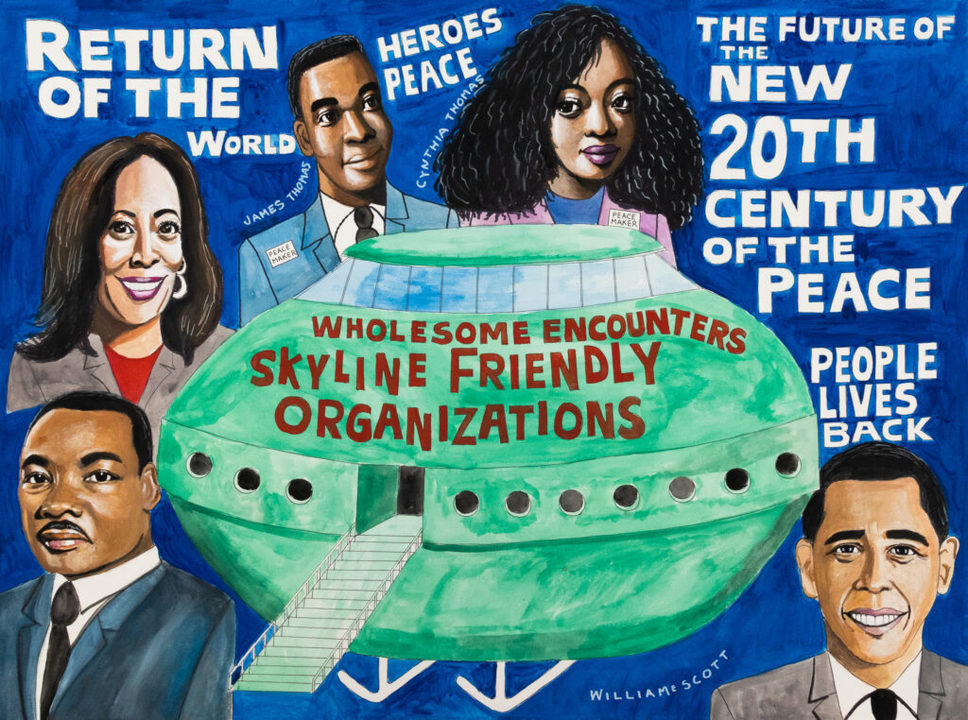

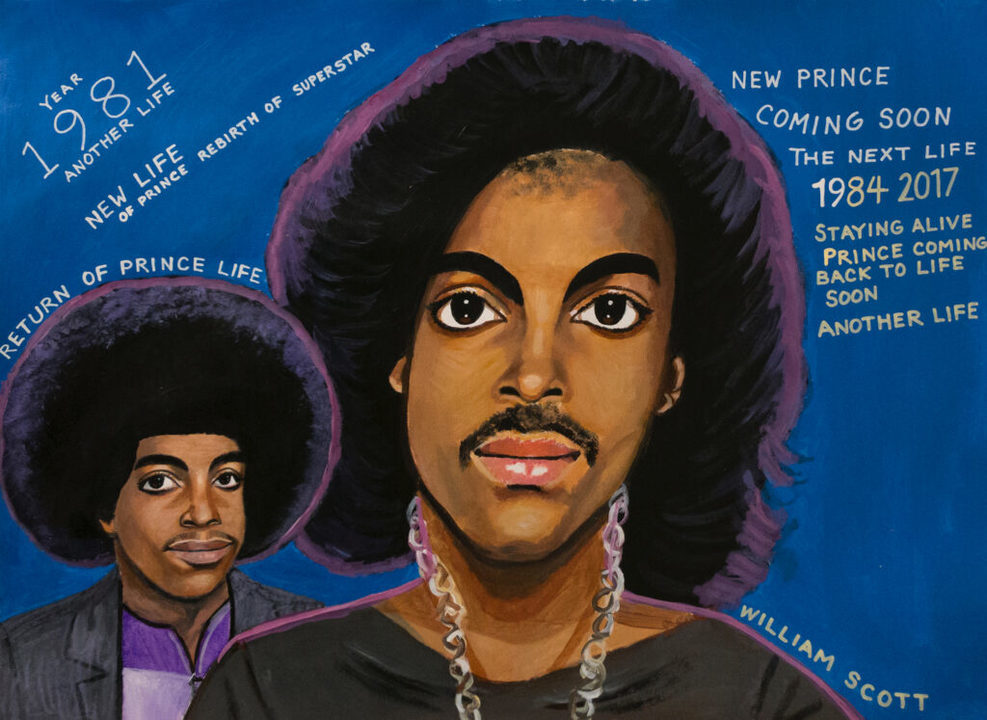
Tell us about an artist who should be getting more attention.
JG: Wow this is a hard question! I’m definitely going to name all the artists in my current ‘Prismatic Minds’ show, as they all deserve more attention and more recognition of their talents: Misleidys Francisca Castillo Pedroso, Susan Te Kahurangi King, Makoto Okawa, Keisuke Ishino, Rachel Heller and Edward Dutkiewicz.
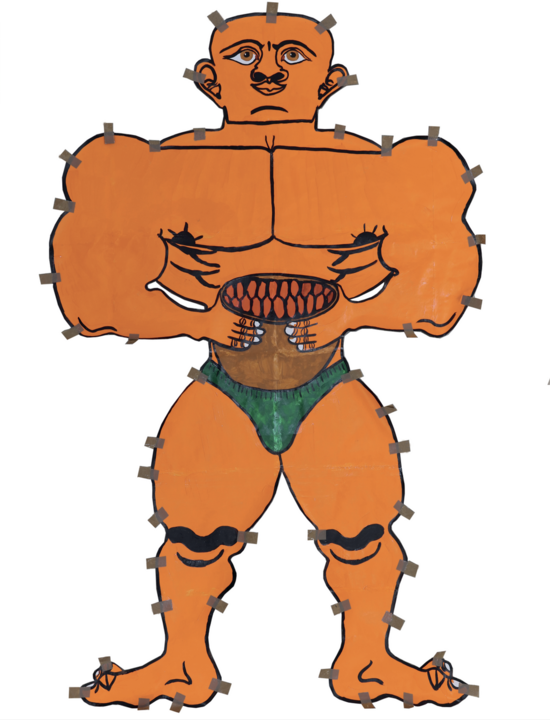
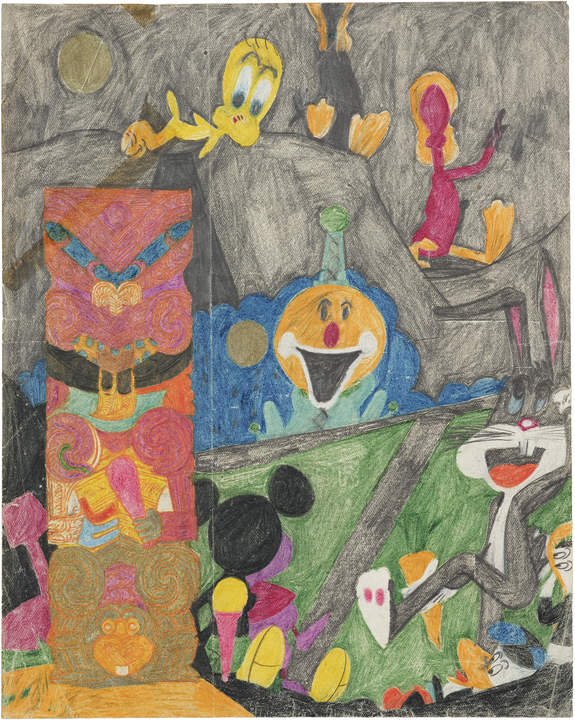
_2007-2008_Oil-pastel-on-paper_42x59.5cm.jpg)
_2018_Paper-coloured-felt-pen-and-sellotape-sculpture_36x20.5x5.5cm.jpeg)
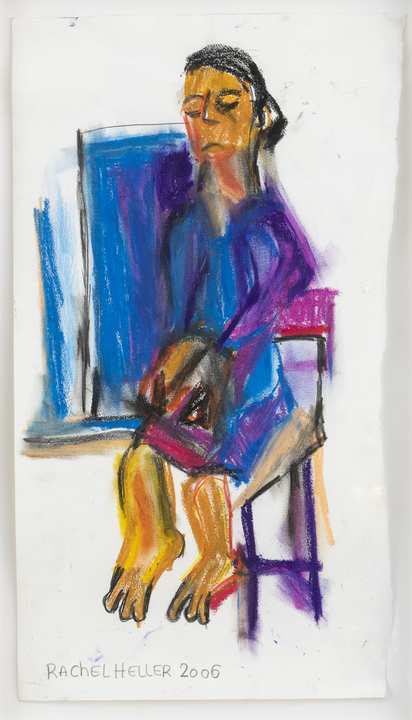
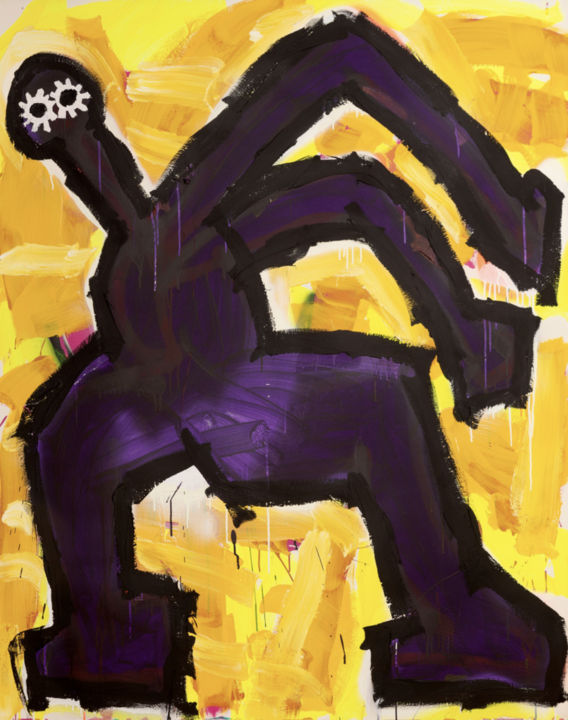
What’s the best piece of art-world advice you’ve ever been given?
JG: Stand by your morals, follow your gut and never give up.
What gives you most confidence in an artist and their work?
JG: When buying work, remember you have to live with it day in and day out, so it needs to be something that you love, that might bring out a good emotion for you, and that often makes you smile. You don’t have to own really expensive things, no one needs to know what they cost you. As long as the work is important to you and to your taste, that is all that matters.
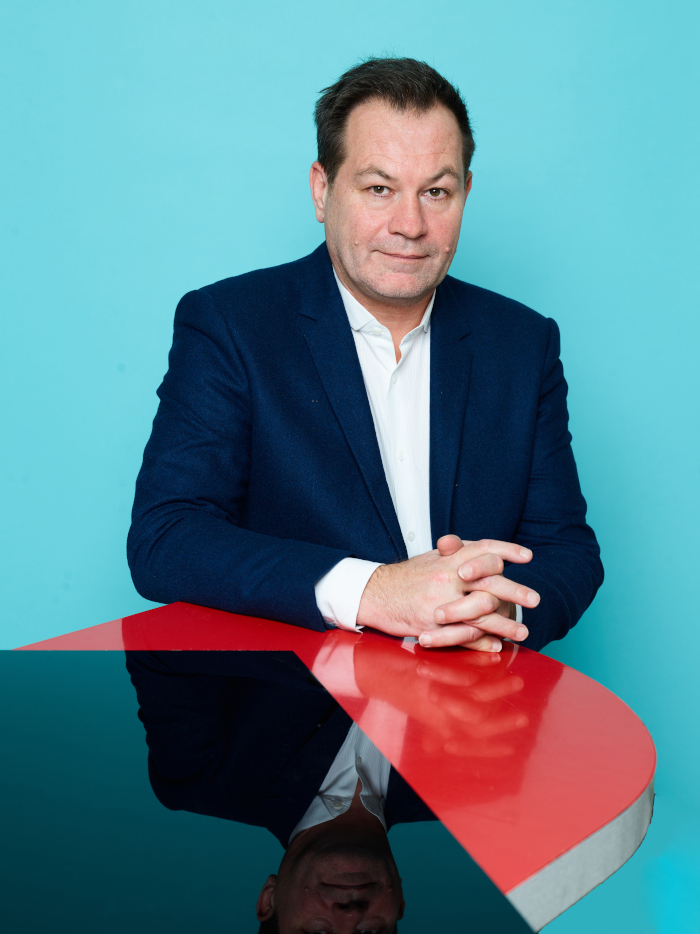
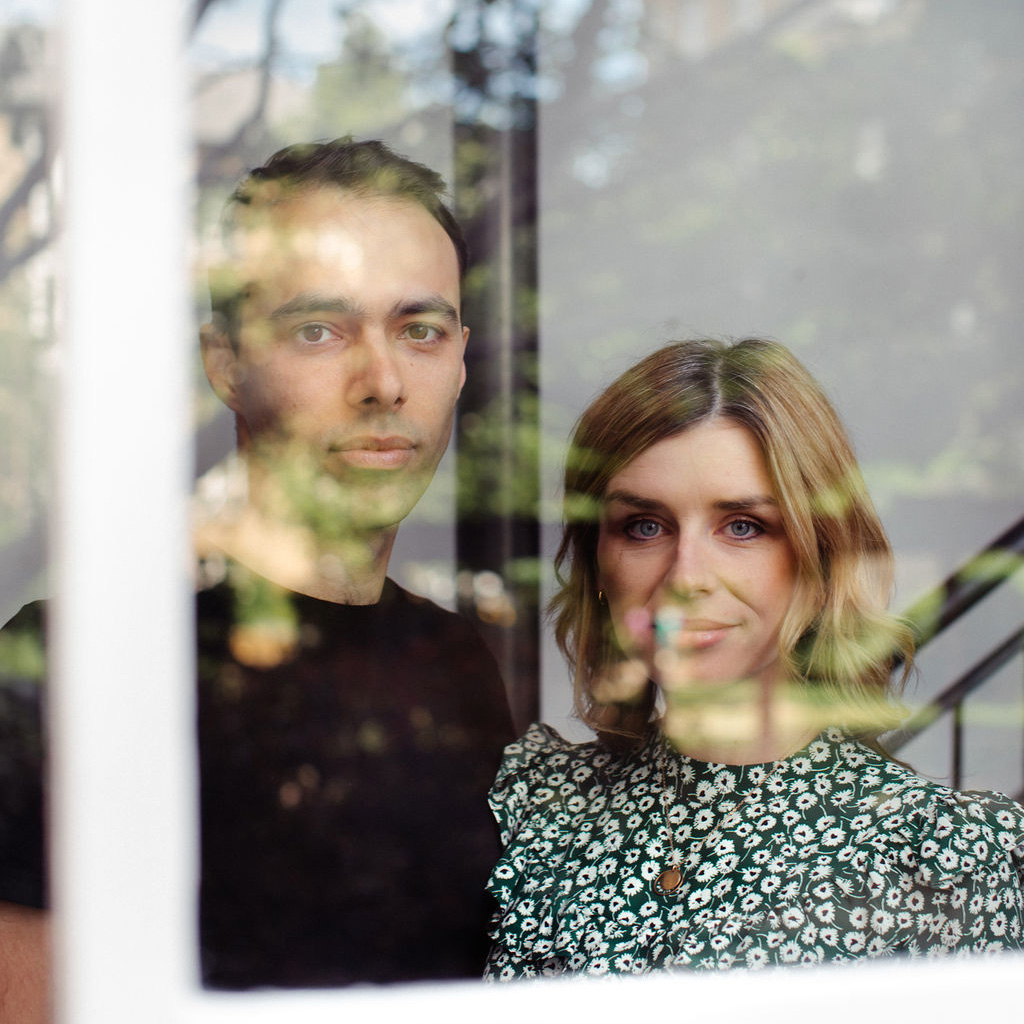
-min.jpeg)